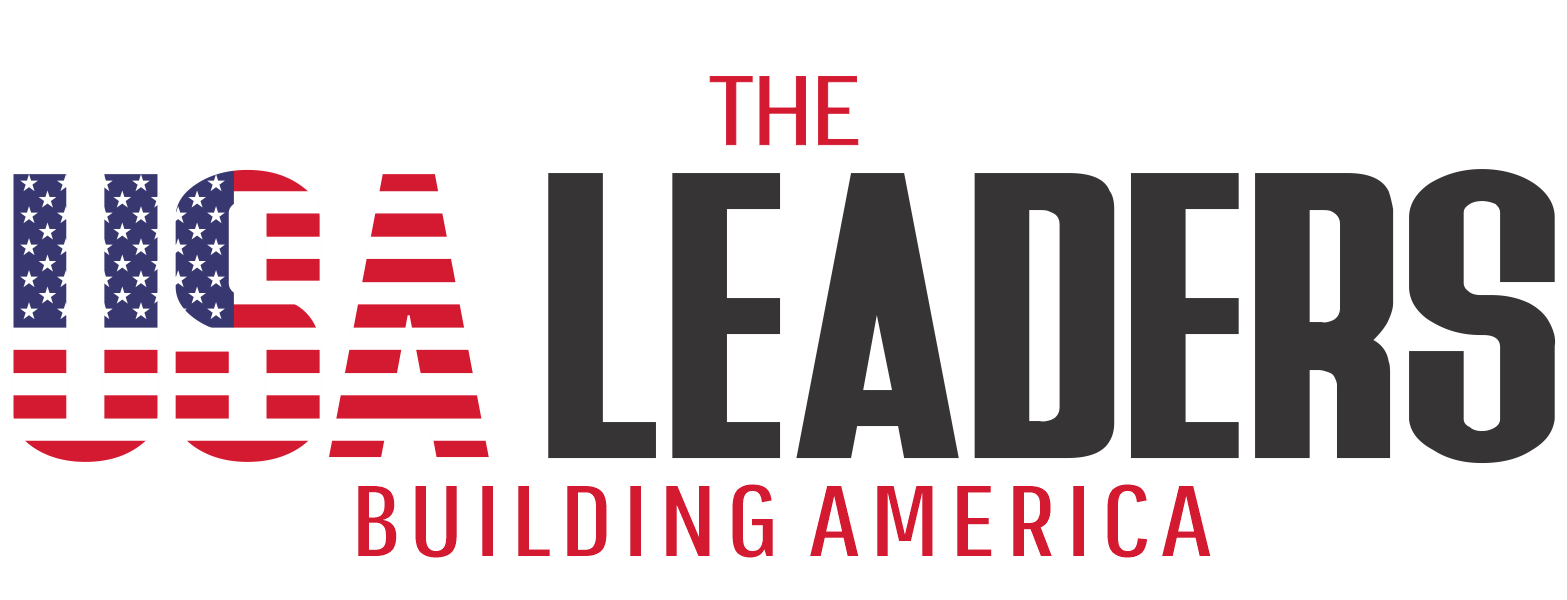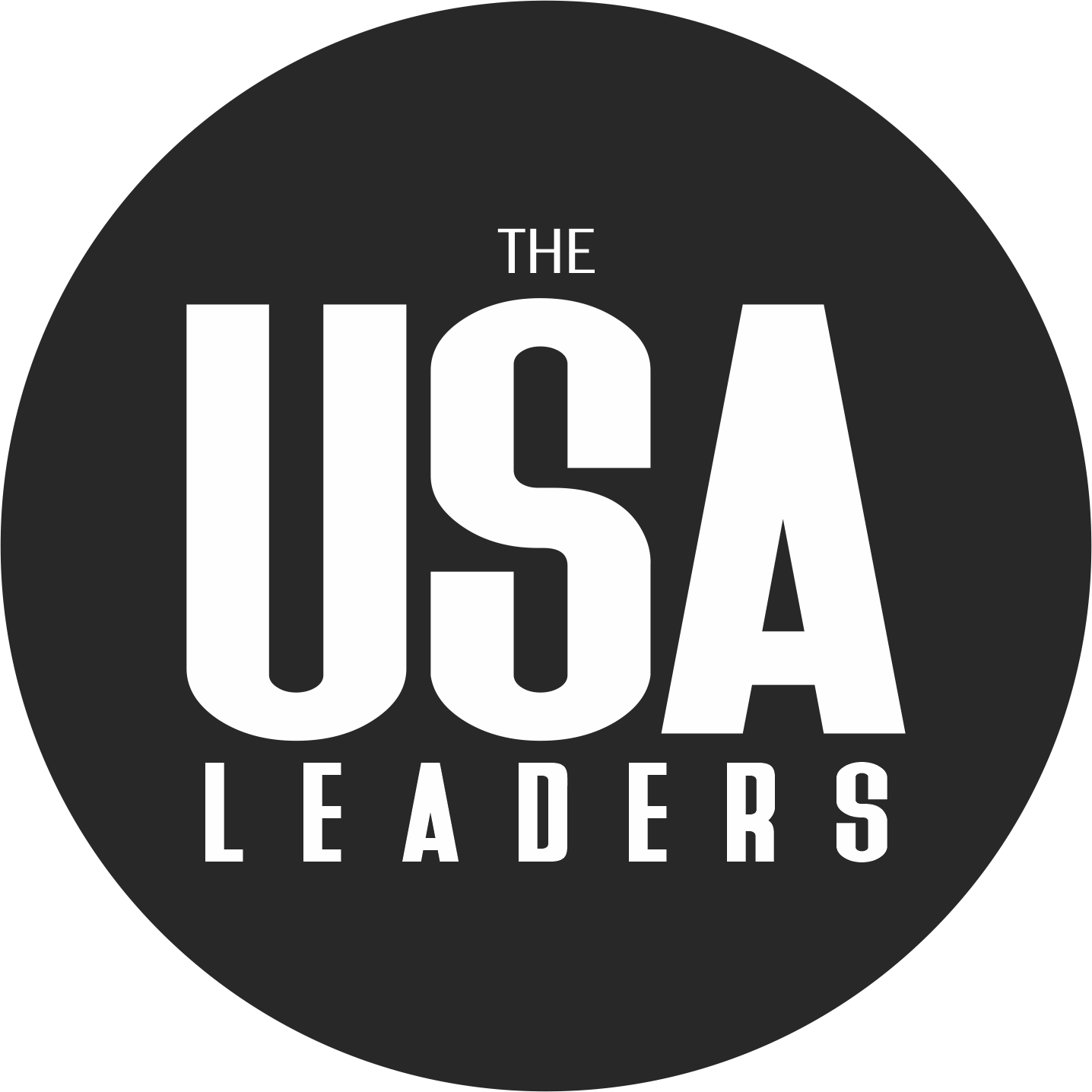A well-defined organizational structure is fundamental to the success and longevity of any business. It acts as the framework within which all corporate activities occur, establishing clear guidelines and hierarchies that streamline processes and enhance communication.
This structure is pivotal not only for maintaining order and efficiency but also for empowering management and staff to achieve strategic objectives effectively. In today’s complex business environment, where adaptability and responsiveness are crucial, a robust organizational structure can be the difference between thriving and merely surviving.
By clearly delineating roles, responsibilities, and lines of authority, businesses can ensure that operations run smoothly, conflicts are managed effectively, and resources are allocated efficiently. This article delves into the myriad ways in which a well-planned organizational structure is indispensable in driving business prosperity, supporting scalability, and fostering an environment conducive to sustained growth.
Facilitates Clear Communication
Effective communication is pivotal for business success, and a well-defined organizational structure greatly aids in this endeavor. By utilizing an organizational chart maker, businesses can visually delineate roles and reporting lines, clarifying the pathways for information flow across the company.
This visual representation helps employees understand their own positions within the larger context of the organization and identifies who they should report to and consult with on various issues. Such clarity is crucial in eliminating confusion and ensuring that information is shared efficiently and appropriately.
When employees are aware of the correct channels for communication, it reduces the chances of miscommunications and delays, allowing for swift decision-making and responsiveness to changing conditions. In turn, clear communication facilitated by a structured organizational chart enhances overall business operations, supports teamwork, and contributes to a more harmonious workplace environment.
Promotes Accountability
With each role clearly defined, accountability is naturally embedded within the organizational structure. Employees know what is expected of them and can be held accountable for their performance. This accountability extends up the hierarchy, ensuring that managers and leaders are also responsible for their teams and departmental outcomes. Such a structure not only enhances individual performance but also ensures that everyone is contributing effectively towards the company’s goals.
Enhances Operational Efficiency
A well-defined organizational structure is essential for enhancing operational efficiency within a business. By clearly establishing roles, responsibilities, and relationships between different departments, a structured organization minimizes redundancies and streamlines processes. This clarity allows employees to focus on their specific tasks without confusion about their duties or overlap with others’ roles.
As a result, each segment of the organization functions like a well-oiled machine, with all parts working in harmony towards the company’s objectives. Furthermore, a clear structure facilitates quicker decision-making. Managers know whom to approach for approvals and employees understand who to report to, reducing the time spent waiting for responses or instructions.
This efficient workflow not only speeds up operations but also improves productivity, ultimately leading to cost savings and better resource management. Thus, a robust organizational structure directly contributes to the overall performance and profitability of a business.
Supports Employee Development
A well-defined structure is not only about maintaining control and oversight; it’s also about supporting and developing a company’s workforce. With clear career paths and understanding of job roles, employees can see their potential growth within the company. This visibility can enhance job satisfaction and motivate employees to aspire to higher positions. Moreover, structured training programs aligned with these paths can better equip employees with the skills needed to advance, thus aligning personal aspirations with business needs.
Aids in Conflict Resolution
A clear organizational structure plays a crucial role in conflict resolution within a business. By establishing clear roles and responsibilities, it prevents many potential conflicts that arise from role ambiguity or overlapping duties. When each team member knows exactly what their responsibilities are, there’s less chance for disputes over who should undertake certain tasks.
Furthermore, a structured organization typically includes predefined pathways for addressing grievances and resolving disputes. This might involve specific procedures for escalating issues through the proper channels, which ensures that conflicts are managed and resolved systematically rather than festering or causing widespread disruption.
Additionally, when there is a clear hierarchy, it becomes easier for employees to know whom to approach with problems, and for managers to intervene effectively and impartially. This not only helps in resolving conflicts more efficiently but also maintains harmony and improves cooperation across the organization, fostering a more productive workplace environment.
Enables Scalability
For businesses aiming to grow, scalability is a fundamental consideration. A well-defined organizational structure is designed to accommodate growth without disrupting existing operations. It provides a framework that can expand in a controlled manner—adding new roles, departments, or teams as needed. This is especially important for businesses that plan to enter new markets or expand their product lines, as it ensures that the foundational structure can support and drive growth rather than becoming a hindrance.
Enhances Decision-Making
A well-defined organizational structure significantly enhances decision-making capabilities within a business. By establishing clear lines of authority and responsibility, it ensures that decisions are made by the right people, who possess the most relevant information and expertise.
This structure delineates who is responsible for what decisions, reducing delays caused by uncertainty or confusion over roles. Additionally, a clear organizational framework supports a hierarchical decision-making process, which can expedite approvals and the implementation of initiatives. This hierarchy also facilitates the upward flow of information from operational levels to the management, ensuring that decision-makers are well-informed and that their choices reflect current data and ground realities.
Effective decision-making, supported by a robust organizational structure, not only accelerates business processes but also improves the quality of those decisions by aligning them more closely with the organization’s strategic goals and operational needs.
Facilitates Innovation
While it may seem counterintuitive, a structured organization can actually foster innovation. By clearly defining the boundaries within which employees operate, it also identifies the areas where innovation is needed. Furthermore, having structures in place for submitting innovative ideas and for project development can encourage employees to be more creative, knowing there is a system that can support turning their ideas into reality.
Supports Effective Change Management
Change is constant in the business world, and having a well-defined organizational structure helps manage this change effectively. Whether it’s navigating market fluctuations, technological advancements, or internal business adjustments, a solid structure provides the stability organizations need to adapt smoothly. With predefined channels and processes, changes can be implemented more systematically, reducing disruptions and resistance from employees.
A well-defined organizational structure goes beyond mere charts and job descriptions; it is a dynamic framework that touches every aspect of the business—from day-to-day operations to long-term strategic planning. It ensures efficiency, promotes accountability, supports employee development, and enables effective change management.
For businesses aiming to thrive in today’s competitive environment, investing in and continuously refining their organizational structure is not just beneficial; it is essential for enduring success and prosperity. By setting clear organizational guidelines, businesses can foster a work environment that drives performance, nurtures talent, and aligns with their strategic goals, ultimately paving the way for sustained business achievement.
Also Read; What Can You Do with a Degree in Organizational Leadership?






















